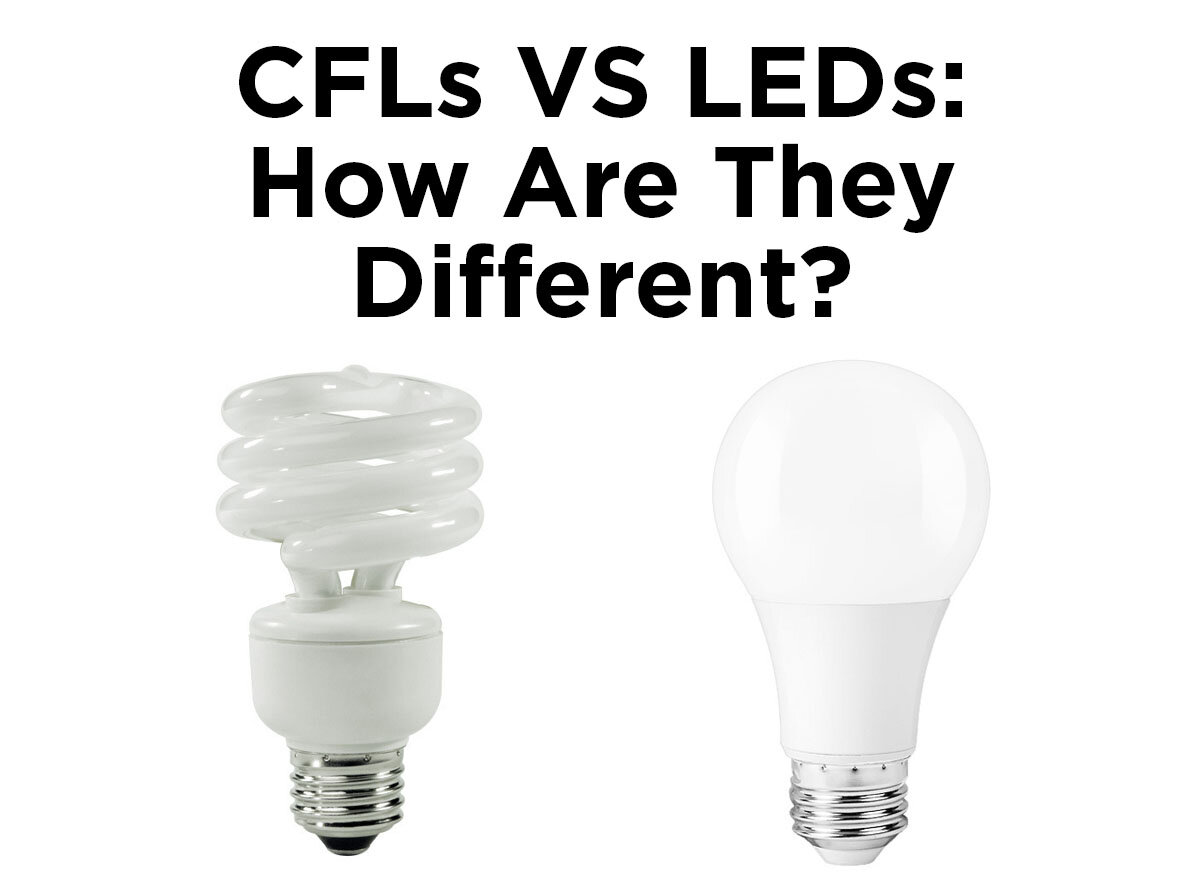HPS vs LED Grow Lights
We know that LEDs are all the rage in household lighting, saving you hundreds in energy and maintenance costs over the life of the bulb. But what about when it comes to indoor growing? Are they worth the extra investment? Do they provide extra benefits that HPS bulbs don’t? The most popular types of grow lights are high pressure sodium bulbs (HPS) and LEDs. While both are used to mimic the sun, the differences between them are substantial.
UPDATED: As of 2015-03-02 we've updated and re-written this article to reflect changes in the industry and technology. You can find the new article here: http://blog.1000bulbs.com/hps-or-led-grow-light/
HPS
High pressure sodium lamps have long been a staple of indoor growing. They are favored amongst growers because of their ability to produce a variety of light across the lighting spectrum and because they can be used in all stages of plant growth, from the vegetative to the flowering phase.
HPS grow light fixtures have a few things going for them. For starters, they’re relatively cheap. For example, for about the cost of a night out on the town, you can get a 250 or 400-watt reflector complete with ballast; you need only to supply the HPS lamp.
Sun System 900514 250 - 400W Grow Light Kit
Not only is the cost of the whole kit pretty inexpensive, but so are the replacement bulbs. The same 250-watt replacement bulb for your grow light kit will run you about $12. So all in all, when the time comes to replace your bulbs, you’re not looking at a whole lot of out-of-pocket expense. Plus, these all-inclusive kits are ready to go right out of the box, making it super easy to start growing.
However, there are some downsides to HPS bulbs. For one, they produce heat, and a lot of it. Heat is detrimental to your plants, so it’s important to have air circulated throughout your grow space. That being said, adding a ventilation system will up the cost of your indoor growing experiment.
Another downside of HPS bulbs are the life hours. While a bulb with a life hour rating of 24,000 hours isn’t too shabby, you’ll go through those bulbs faster than you think. For example, during the flowering stage, your plants will need 12 hours of light, while the vegetative stage requires about 18 hours. So with those numbers, and assuming my math is correct, your 250-watt HPS bulb rated for 24,000 life hours will last about 1,333 days, which equates to roughly more than three and a half years. Not bad, but it still doesn’t compare to LEDs.
*From the moment an HID bulb (high intensity discharge), such as an HPS or metal halide bulb, is switched on, the quality of light steadily decreases. For best growing results, replace these bulbs every 9 to 12 months.
LEDs
As mentioned above, LEDs (light emitting diodes) are gaining popularity in the household sector as more and more people are realizing their incredible energy efficiency and impressive longevity. The same holds true for LED grow lights.
Unlike their HPS counterparts, LED grow lights emit very little to no heat, therefore eliminating a detrimental factor to your plants and a further expense from your grow room since you don’t have to add a circulation system.
California Lightworks CLW-SF-200-VM 200W LED Grow Light
While your HPS bulb may be rated for 24,000 life hours, some LED grow lights are rated for nearly four times that. For example, this 165-watt LED grow light is rated for 80,000 life hours, which equates to 4,444 days or roughly 12 years, based on using the lights for 18 hours during the vegetative state. With such a long life, the LED fixtures won’t have to be replaced nearly as often as the HPS bulbs. Chances are, the paint will fade before the lights go out on this thing.
So we know that LEDs offer incredible longevity, but what about energy efficiency? The 165-watt grow light mentioned above is equal to a 200-watt HPS bulb, but only consumes 165 watts, thereby saving you 35 watts and lowering your energy bill.
What about the colors your plants need to thrive? For the proficient growth of plants, there needs to be a combination of cool and warm light. Tall and spindly plants love cool light, while warm lights produce shorter, fuller plants. With LED bulbs, both tones are available in a single bulb, striking that perfect balance your plants need.
The only downside of LED fixtures is price. Just like household bulbs, LED fixtures are going to be noticeably more expensive than standard light fixtures, about double to be exact. However, their longevity and energy savings more than makes up for the initial cost.
So, decision time: HPS or LED? Honestly, either one will work just fine for indoor growing. The question is whether you want to shell out the extra money up front and not have to worry about changing your fixtures for a decade or save some dough upfront and lose the longevity. Many people opt for what they know and are familiar with, so HPS usually gets the nod. But as LED technology progresses and prices drop, we should see more and more diodes being used in indoor grows.
Which fixture are you more partial to, LED or HPS? Tell us in the comments below or drop us a line on Facebook, Twitter, LinkedIn, or Pinterest!









